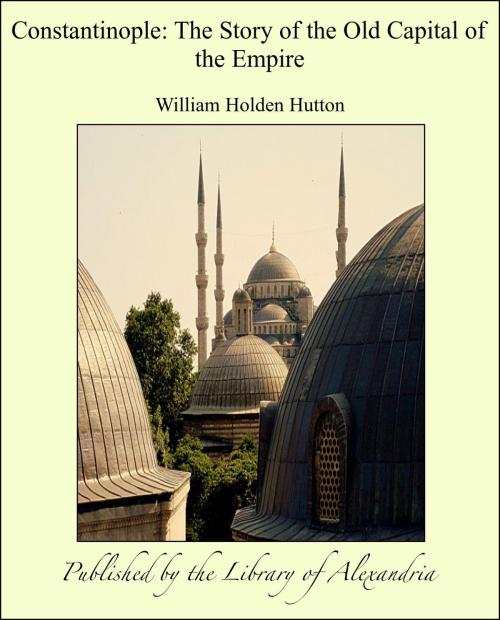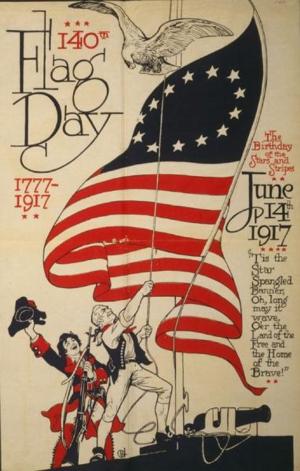Constantinople: The Story of the Old Capital of the Empire
Nonfiction, Religion & Spirituality, New Age, History, Fiction & Literature| Author: | William Holden Hutton | ISBN: | 9781465572363 |
| Publisher: | Library of Alexandria | Publication: | March 8, 2015 |
| Imprint: | Language: | English |
| Author: | William Holden Hutton |
| ISBN: | 9781465572363 |
| Publisher: | Library of Alexandria |
| Publication: | March 8, 2015 |
| Imprint: | |
| Language: | English |
A word of introduction is necessary to explain the nature of this sketch of the history of Constantinople. It is the holiday-task, very pleasant to him, of a College don, to whom there is no city in the world so impressive and so fascinating as the ancient home of the Cæsars of the East. It is not intended to supersede the indispensable Murray. For a city so great, in which there is so much to see, a guide-book full of practical details is absolutely necessary. For this I can refer the reader, with entire confidence, to Murray's Hand-book—and to nothing else. But I think everyone who visits Constantinople feels the need of some sketch of its long and wonderful history. I have myself often felt the need as I wandered about the city, or spent a long evening, during the cold spring, in the hotel. I have endeavoured, as best I could, to supply what I have myself wanted. I do not pretend to have written a history of the city "from the earliest times to the present day" from the mass of original authorities of which I know something. I have used the works of the best modern writers freely, and I should like here, once for all, to express my obligations. I may venture to say that the list of books I here insert will be found useful by anyone who wishes to go further into the history than my little book is able to take him. The ordinary standard books are Professor Bury's edition of Gibbon; Mr Tozer's edition of Finlay's History of Greece; Professor Bury's History of the Later Empire; Von Hammer's History of the Turks; and the Vicomte de la Jonquière's sketch of the same subject. The authorities, in detail, for the history and topography of the city are admirably summed up in Herr Eugen Oberhummer's contribution to the Pauly-Wissowas Realencyclopädie der classischen Altertumswissenschaft, band iv., which can be purchased separately as a "Sonder-Abdruck." Among the books which I have found especially useful I must mention first Professor van Millingen's Byzantine Constantinople, The Walls, etc.; the Broken Bits of Byzantium, by Mrs Walker and the late Rev. C. G. Curtis, to whose kindness I owe very much, a book which is now very rarely to be met with, and ought certainly to be republished; Bayet, L'Art Byzantin; Kraus, Geschichte der Christlichen Kunst; Lethaby and Swainson, S. Sophia; Grosvenor, Constantinople; Paspates, The Great Palace of Constantinople. Among histories of particular periods there are none more useful than Pears' Conquest of Constantinople, and Mijatovich, Constantine the last Emperor of the Greeks. Among a mass of interesting and important articles I should like to note that on Les Débuts du Monachisme à Constantinople, by M. Pargoire in the Revue des questions historiques, Jan. 1899. The texts of the original authorities may be read in the Bonn edition, and some of them, happily, in Professor Bury's admirable collection of Byzantine texts, of which I have found the three volumes already published most useful. I have referred in Chapter VII. to the work of Gyllius, to whom we owe much of our knowledge of the mediæval city
A word of introduction is necessary to explain the nature of this sketch of the history of Constantinople. It is the holiday-task, very pleasant to him, of a College don, to whom there is no city in the world so impressive and so fascinating as the ancient home of the Cæsars of the East. It is not intended to supersede the indispensable Murray. For a city so great, in which there is so much to see, a guide-book full of practical details is absolutely necessary. For this I can refer the reader, with entire confidence, to Murray's Hand-book—and to nothing else. But I think everyone who visits Constantinople feels the need of some sketch of its long and wonderful history. I have myself often felt the need as I wandered about the city, or spent a long evening, during the cold spring, in the hotel. I have endeavoured, as best I could, to supply what I have myself wanted. I do not pretend to have written a history of the city "from the earliest times to the present day" from the mass of original authorities of which I know something. I have used the works of the best modern writers freely, and I should like here, once for all, to express my obligations. I may venture to say that the list of books I here insert will be found useful by anyone who wishes to go further into the history than my little book is able to take him. The ordinary standard books are Professor Bury's edition of Gibbon; Mr Tozer's edition of Finlay's History of Greece; Professor Bury's History of the Later Empire; Von Hammer's History of the Turks; and the Vicomte de la Jonquière's sketch of the same subject. The authorities, in detail, for the history and topography of the city are admirably summed up in Herr Eugen Oberhummer's contribution to the Pauly-Wissowas Realencyclopädie der classischen Altertumswissenschaft, band iv., which can be purchased separately as a "Sonder-Abdruck." Among the books which I have found especially useful I must mention first Professor van Millingen's Byzantine Constantinople, The Walls, etc.; the Broken Bits of Byzantium, by Mrs Walker and the late Rev. C. G. Curtis, to whose kindness I owe very much, a book which is now very rarely to be met with, and ought certainly to be republished; Bayet, L'Art Byzantin; Kraus, Geschichte der Christlichen Kunst; Lethaby and Swainson, S. Sophia; Grosvenor, Constantinople; Paspates, The Great Palace of Constantinople. Among histories of particular periods there are none more useful than Pears' Conquest of Constantinople, and Mijatovich, Constantine the last Emperor of the Greeks. Among a mass of interesting and important articles I should like to note that on Les Débuts du Monachisme à Constantinople, by M. Pargoire in the Revue des questions historiques, Jan. 1899. The texts of the original authorities may be read in the Bonn edition, and some of them, happily, in Professor Bury's admirable collection of Byzantine texts, of which I have found the three volumes already published most useful. I have referred in Chapter VII. to the work of Gyllius, to whom we owe much of our knowledge of the mediæval city















